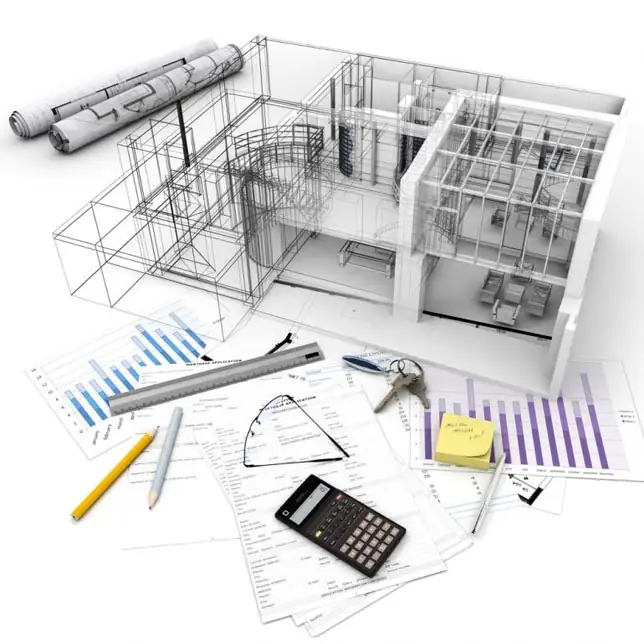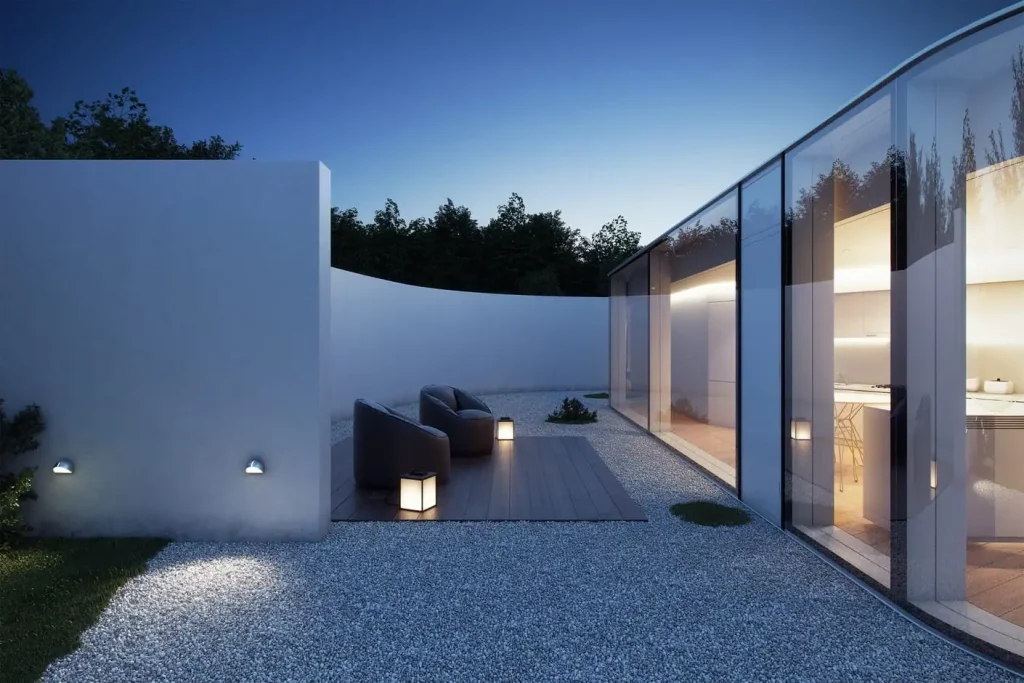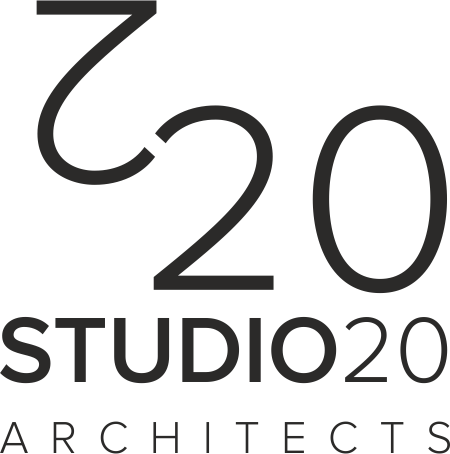Building Regulations
Through a unique combination of engineering, construction and design disciplines and expertise.
Expert Guidance for Building Regulations
Building regulations can feel complex when planning an extension, loft, renovation, or new build. Our architectural team simplifies the process, prepares all technical details, and manages the full journey from drawings to inspections.
We ensure your builder has accurate plans and your project meets every compliance requirement. Our focus is clear: fast approvals and stress-free construction.


What Building Regulations Cover
Building regulations exist to make sure every construction project is safe, durable, and designed to national standards. These rules affect many key parts of a build, including:
- Structural stability and load-bearing elements
- Fire safety, smoke alarms, and escape routes
- Insulation, ventilation, and thermal efficiency
- Drainage, plumbing, and waste systems
- Electrical safety and lighting layouts
- Sound resistance between walls and floors
Every project must follow the correct standards before construction, during inspections, and at completion. We prepare everything you need so your application is ready for approval, and your builder can work without uncertainty.
Our services ensure each drawing and calculation clearly matches your project needs and building control requirements.
Our Complete Building Regulations Service
We offer a complete, start-to-finish service that supports homeowners, landlords, and developers across all project types. You get everything required for a compliant submission, including technical guidance and communication with building control. Our typical service includes
- Detailed technical drawings prepared for your property
- Structural coordination with qualified engineers
- Notes, specifications, and compliance reports
- Guidance on whether you need Full Plans or a Building Notice
- Coordinate with the local Building Control office or approved private inspectors
- Support during site inspections
- Advice on achieving energy ratings, ventilation standards, and fire-safety compliance
Whether you are preparing for a simple internal layout change or a larger extension, our team ensures every requirement is covered, helping you avoid rejections and costly delays.

Our Building Regulations Process
We follow a clear, premium workflow that takes your project smoothly from design to full approval. Every stage is planned, coordinated, and quality-checked so you can build with confidence. Our approach keeps you informed, minimises delays, and ensures full compliance with building regulations drawings London requirements.
Step 1 — Technical Survey & Information Review
We review your existing plans, understand your project goals, and confirm which regulations apply. If required, we carry out a detailed site survey to record accurate measurements and conditions.
Step 2 — Building Regulations Package
Our architects prepare precise drawings, sections, notes, and specifications. We coordinate with engineers and compile a complete, compliant package, submitted through either Full Plans or Building Notice.
Step 3 — Inspection Support
During site inspections, we guide you on what needs to be prepared. If building control asks for updates or clarifications, we handle them quickly to keep your project moving.
Why Choose Us for Building Regulations Services?
If you’re planning a project and need building regulations support, get in touch to arrange a free consultation at our studio. Let’s discuss your plans and show you how smooth and compliant your build can be.
Choosing the right team for building regulations approval is important for a smooth, safe, and legally compliant construction project. Our architectural specialists combine technical expertise with local experience to deliver drawings and applications that meet strict standards. We simplify complex regulations, guide you through every inspection stage, and support your builder with precise technical information that reduces errors and delays. With us, you get reliability, accuracy, and peace of mind.
Deep Technical Knowledge
Our team prepares clear construction-ready drawings supported by accurate details, structural coordination, and compliance notes. This helps builders follow the design correctly and ensures building control can approve your plans without unexpected issues.
London-Focused Experience
Every borough has unique processes, expected timelines, and inspection patterns. Our experience across London allows us to prepare documents that match local expectations, advise you on risk levels, and anticipate what building control officers will review closely.
Smooth Management and Fast Communication
We handle submissions, respond to building control queries, and support you throughout inspections. You always know what stage your project is in, what to expect next, and what your builder must prepare before each site visit.
Get Started With Your Building Regulations Today
If you’re planning an extension, renovation, or new build, we can prepare your drawings, manage the submission process, and guide you through every inspection. Our team works across London and the surrounding areas, supporting homeowners, landlords, and developers with reliable, compliant, and affordable building regulations services.
Contact us today to book a free consultation, get advice for your project, or request a quote for your building regulations drawings and application.

Here’s what our clients have to say.
EXCELLENTTrustindex verifies that the original source of the review is Google. Nadir is not just an architect… he’s an artist. He listens to his clients and designs and builds for their needs, not to his personal tastes as so many architects do. His genuine skill and willingness to design a project to the client’s needs sets him apart! They were extremely responsive, worked collaboratively with us, and delivered very exciting designs. Highly recommend!Posted onTrustindex verifies that the original source of the review is Google. I worked with Nadir from Studios Architects on an orangery project. He was very personable and helpful throughout the project and was happy to be on site whenever we asked and gave some good advice. Nadir helped make the project feel seamless and dealt with everything in a polite manner and with ease and good knowledge. I highly recommend.Posted onTrustindex verifies that the original source of the review is Google. Nadir was extremely approachable and professional. He was very accommodating as he altered our drawing plans several times on our request and got our plans approved by the council . Many thanksPosted onTrustindex verifies that the original source of the review is Google. Despite our best intentions we ran into a rookie planning move, where we allowed scope creep to move us away (incrementally at first) from our approved planning design. Nadir was so polite and even worked with us after hours to understand our issue and offer solutions which ultimately saved us from a potentially costly mistake. The team at studio20 and Nadir in particular are high quality and second to none! I would very highly recommend their services!!Posted onTrustindex verifies that the original source of the review is Google. I’ve worked with Studio20 Architects for my office interior. Menekse and Nadir helped us on interior design of my office to understand the process and was very helpful whenever I had questions. I felt that the team was experienced from Interior design process to project management for all the stages. Highly recommended!!!Posted onTrustindex verifies that the original source of the review is Google. Great service. Coordinated well between builders and structural engineer. The whole team (builders, tilers and painters) all did a quality job and were very very neat and considerate.Posted onTrustindex verifies that the original source of the review is Google. Excellent ideas and follow up. I have been loo Struggling to find an architect that would understand the complicated structure of my house untill I found these guys. They made things look simple.Posted onTrustindex verifies that the original source of the review is Google. I've used Studio20 service for planning Single storey rear extension for my South Croydon project. Nadir and his team were very helpful and they explained the process and were always at hand whenever I had questions.Posted onTrustindex verifies that the original source of the review is Google. Contacted Studio20 for some Building Reg and structural drawings Nadir was very efficient and polite he conducted the whole process professionally and with very good knowledge Thank you will definitely recommendVerified by TrustindexTrustindex verified badge is the Universal Symbol of Trust. Only the greatest companies can get the verified badge who has a review score above 4.5, based on customer reviews over the past 12 months. Read more
Frequently Asked Questions About Building Regulations
Building regulations drawings in London are detailed technical plans that show how your project will meet safety and construction rules. You need them for extensions, loft conversions, structural changes, and most big home projects.
No. Small repairs or very simple jobs may be exempt. Most larger projects like extensions, lofts, and internal structural changes must follow London building regulations and will need proper drawings.
A Full Plans application uses detailed drawings and is checked before work starts. A Building Notice is quicker but is used only for simple work. For most projects, especially structural ones, using full building regulations drawings in London is safer and avoids problems later.
Approval normally stays valid for three years. If you do not start work within this time, the approval will expire, and you must apply again.
You may fail inspections, and you may not receive a completion certificate. This can lead to fines, required changes, and problems when selling your home. It is always safer to follow the rules and use correct drawings.
They include floor plans, sections, structural details, insulation information, drainage layouts, fire safety notes, ventilation details, and all compliance information needed for approval.


